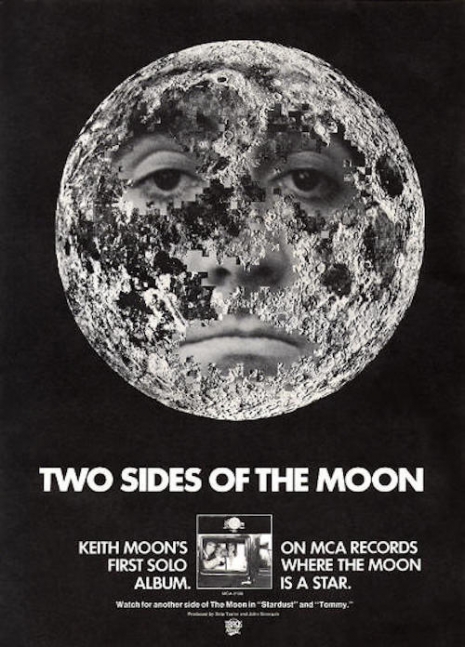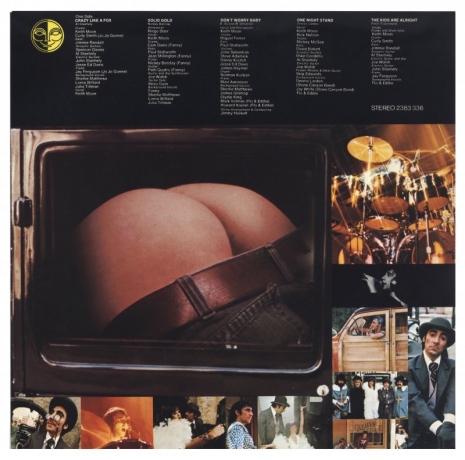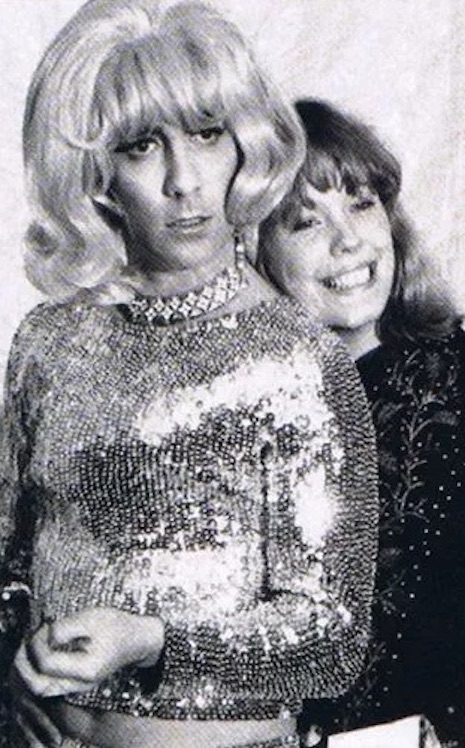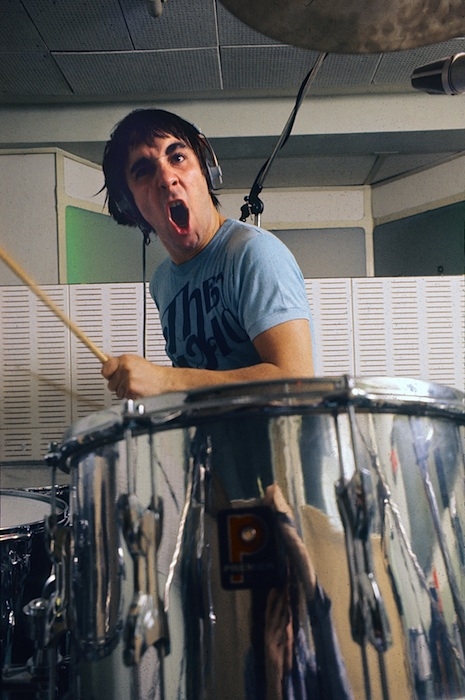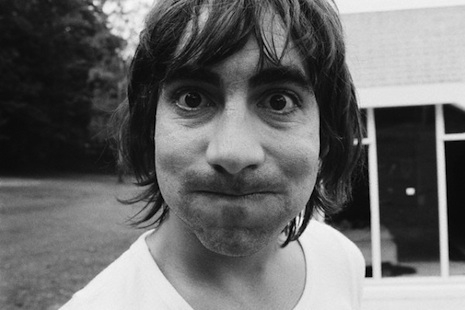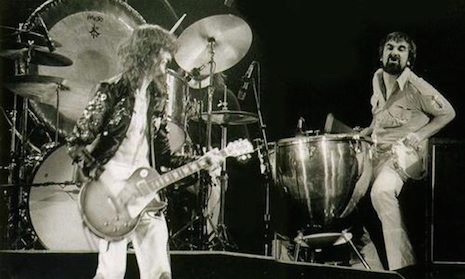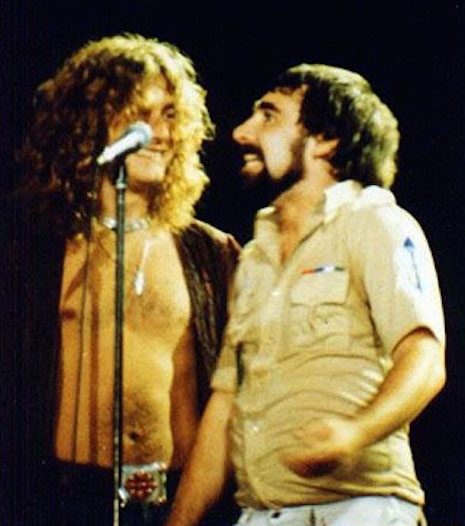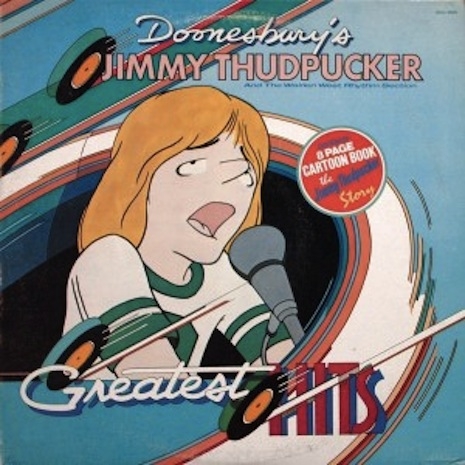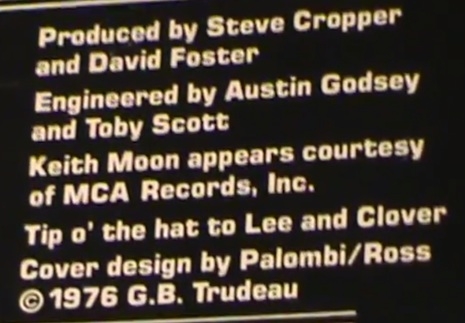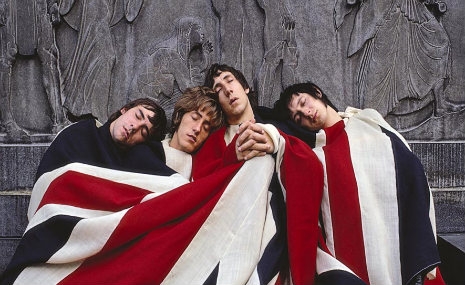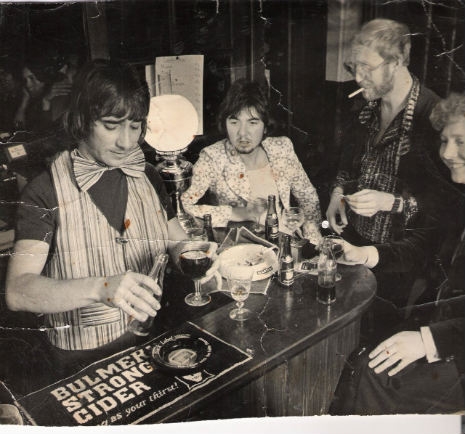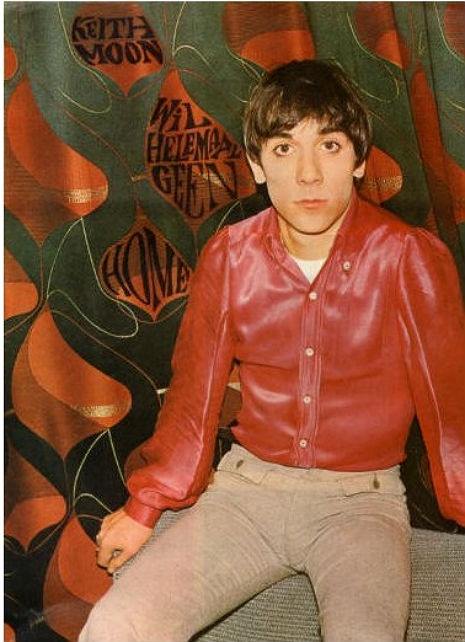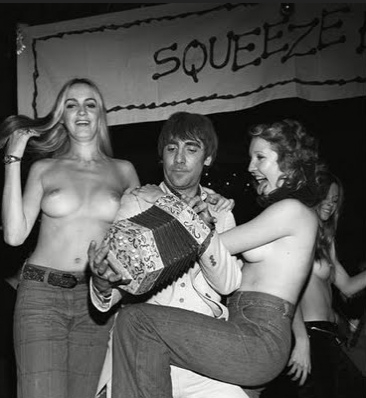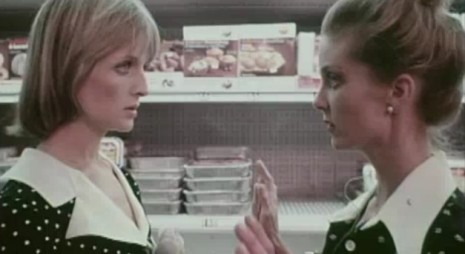
Around 1974, Alice Cooper fully morphed from a group’s name to that of a solo artist. While Cooper’s fellow bandmates moved on to various solo ventures—guitarist Michael Bruce working on the album In My Own Way and drummer Neal Smith recording Platinum Gods—Cooper planned his own solo extravaganza Welcome to My Nightmare set for release in 1975. He was drinking heavily and getting a “buzz on” with the likes Harry Nilsson, Micky Dolenz, Keith Moon, John Lennon, and lyricist Bernie Taupin. This little group of legendary drinkers was known as the “Hollywood Vampires” due to their nocturnal drinking habits at bars and clubs along Sunset Strip in L.A. Being slightly inebriated might explain how Cooper became involved with a space-age rock opera called Flash Fearless and the Zorg Women Parts 5 & 6.
The title alone should have been fair warning that this might be a tad sub-par compared to his own classic work but something or someone—if only Cooper could remember exactly what or who?—led the singer to sign-up for the starring role as Flash Fearless. Perhaps it was the host of big name artists who were also happily roped into the project like the Who’s John Entwistle, who played bass on every track; or maybe boozing buddy Keith Moon who had a minimal speaking role as pirate Long John Silver; or perhaps Justin Hayward of the Moody Blues who played guitar; or maybe Elkie Brooks formerly of Vinegar Joe who (rather confusingly) sang vocals as both Flash’s crew member/girlfriend Dulla and head of the evil Zorg Women; or maybe Eddie Jobson of Roxy Music, or Jim Dandy, or Frankie Miller (who didn’t appear on the US album version), or Bill Bruford, or Kenney Jones, or Maddy Prior, or any of the highly respected talents who gave their name and time to the album.
Flash Fearless and the Zorg Women Parts 5 & 6 was the brainchild of Canadian songwriters/musicians Steve Hammond and Dave Pierce with contributions from Bonnie Pierce, Rick Jones, and Terence Hillyer. The musical was a parody of those 1930-style film serials like Flash Gordon. Pierce had been toying with the idea of a space-rock musical since around 1970 when he was writing songs in Canada with Rick Jones. Described as a “nostalgic musical of the 24th-century,” Flash Fearless “follows the soft-porn adventures of a spoof 1940s sci-fi superhero, Flash Fearless, on a planet inhabited by a race of Amazons, the Zorg Women’ who keep men enslaved and milked them for their seminal fluid. The story seemed a neat fit to the mood of the time with the hit musical The Rocky Horror Show, Bowie’s Ziggy Stardust, Glam Rock, the spoof sex movie Flesh Gordon, and even the Who’s star-studded misfire production of Tommy with the likes of Peter Sellers and Rod Stewart in the cast.
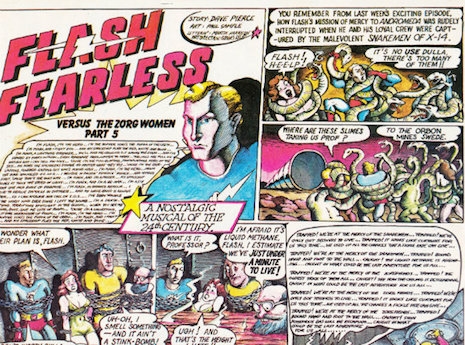
Flash Fearless and the Zorg Women Parts 5 & 6 was recorded in London and Los Angeles (Cooper’s tracks) in 1974 and released to much fanfare in 1975. This included a full-color comic strip published in the NME. Entwistle described the album to Melody Maker as “a breath of fresh air in rock music.” Fuck knows what the Ox was breathing in before but this wasn’t fresh air. It was great talent and production in search of good material. The album bombed.
More of Alice Cooper, John Entwistle and ‘Flash Fearless,’ after the jump…






